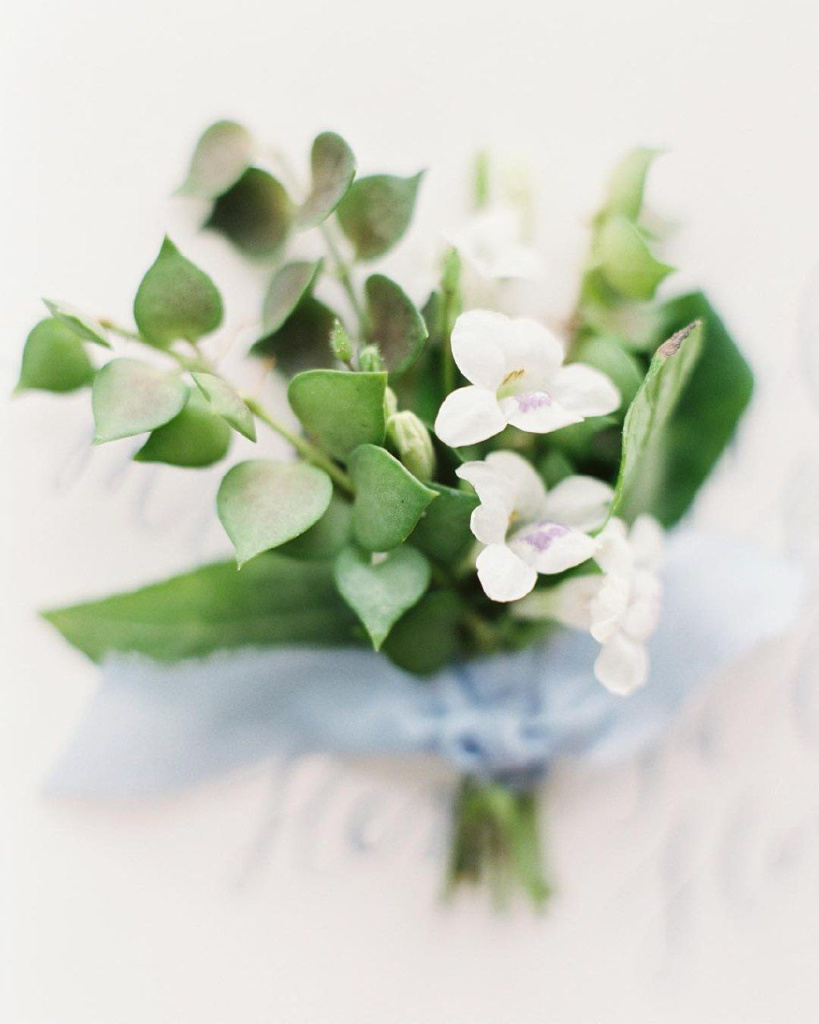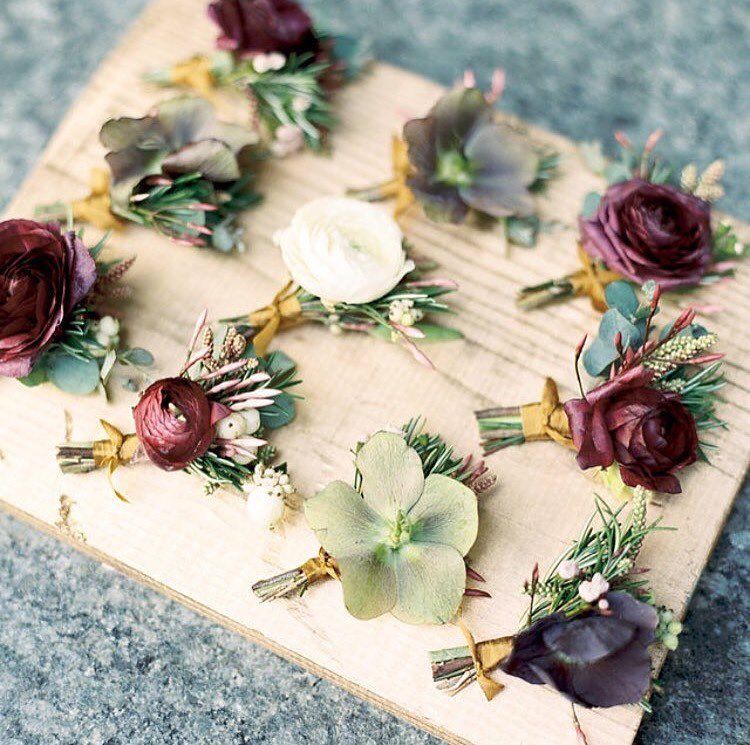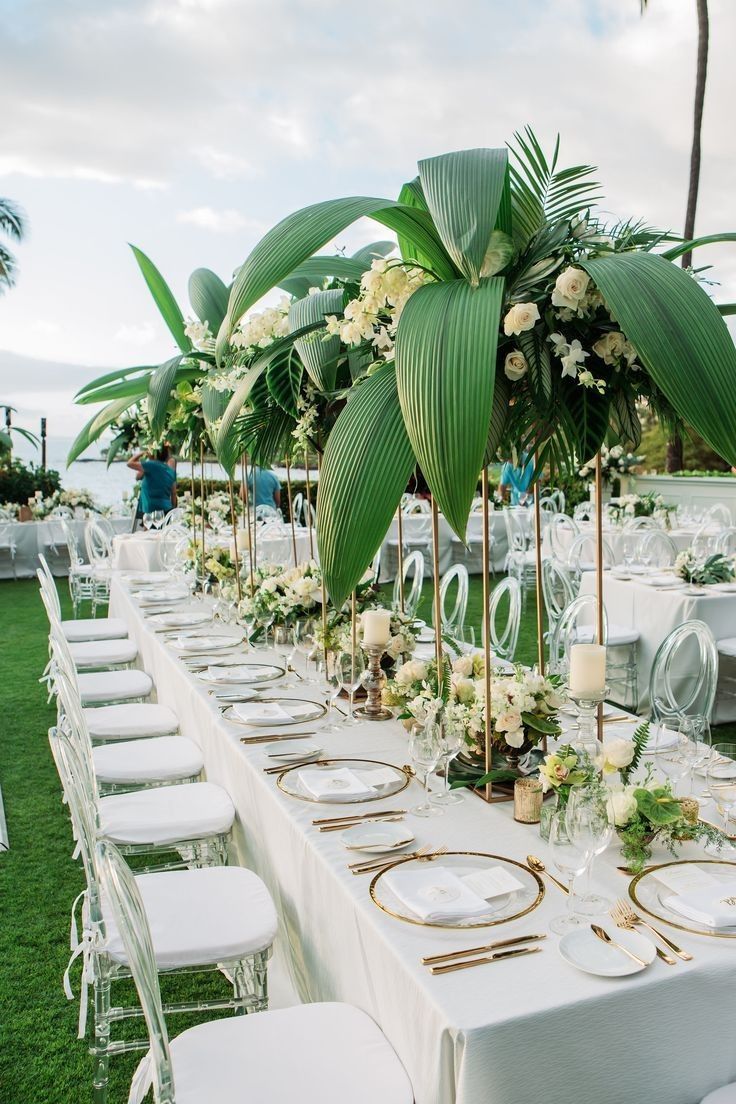Perfect Wedding Boutonnieres for the Groom
- Author: Natali Grace Levine
- Reading time: 6 min 26 sec
- Publication date: 06/19/2024
- Updated: 01/15/2025
Choosing the right wedding boutonniere adds a level of finesse to the groom's attire, making it a crucial part of the wedding ensemble. A perfectly picked boutonniere not only complements the groom's suit but also aligns with the wedding theme, ensuring a picture-perfect look. From roses and lilies to peonies and succulents, the possibilities are endless when it comes to selecting the right boutonniere. This guide will provide insight into choosing the perfect wedding boutonniere to accentuate the groom’s look for his special day.




Find Your Perfect Wedding Vendors
How to Сhoose a Wedding Boutonniere
Today, the boutonniere serves more as an elegant accessory for the groom, a symbol of respect for traditions and a bond with the bride's bouquet. It often reflects the color scheme and floral design of the whole wedding.When considering a boutonniere, it's essential to note that it should not overshadow the bride's bouquet, but it should resonate with it instead. Its size should also be moderate. A too-large boutonniere can look cumbersome and awkward on the groom's suit, while a too-small one may not be noticeable.
There are several types of boutonnieres to choose from, and it often depends on the theme and formality of the wedding. For traditional weddings, roses, carnations, and orchids are popular choices. If the wedding is more casual or rustic, herbs, berries, pine cones, or even small succulents may be used.The installation of the boutonniere is also important. Typically, it's placed on the left lapel of the groom's suit, near the heart. It's pinned from the back, so the pin is hidden.A boutonniere is an ultimate expression of the groom's personality and style. It can be as simple or extravagant as he wants it to be but should always synchronize with the overall theme of the wedding. Choosing the right boutonniere will help complete the groom's look and make his wedding attire even more special.




When Choosing a Wedding Boutonniere, Several Important Points Should be Considered:
- The boutonniere must be in the same color scheme as the bride's bouquet. This will help create a single and harmonious image.
- The flowers should also correspond to the chosen wedding style. For example, for a classic wedding, roses or orchids would be perfect, while for a modern one, gerberas or peonies would be ideal.
- When choosing a boutonniere, it is important to consider the groom's image. It should harmoniously complement his suit and not stand out from the overall style.




The History of Wedding Boutonnieres
The tradition of wearing boutonnieres became significant during the Elizabethan era and was later incorporated in traditional weddings in the 16th century. It was considered a symbol of knightly chivalry, where a knight would wear his lady's colors (rendered in flowers) as a statement of his love.
The boutonnière's form changed over time and trends. In the early 19th century, while the boutonnière was still most often a flower or small bouquet, herbs such as rosemary started making appearances. Rosemary was especially popular in Victorian weddings as it was associated with love and loyalty.By the 20th century, the look and size of the boutonniere had streamlined considerably with the changing fashion of men's suits. The functional aspect also emerged whereby it was used to secure the handkerchief in the left breast pocket of the groom’s jacket.In the late 20th and early 21st centuries, wedding boutonnieres have seen a burst of creativity – from traditional floral to non-floral like feathers, metal accents, herbs, and other unique elements.Today, the boutonniere is used as more than just a protection against evil spirits. It has become a fashion accessory used to express the groom's personal style, the wedding theme, or compliment the bride's bouquet on the special day. It stands as a significant detail that ties together the overall aesthetic of the entire bridal party.In short, the boutonniere's journey from a protective charm to a fashion detail shows how wedding traditions have evolved and continues to do so over time.




Interesting Options From Classics to Extraordinary Decisions
Choosing a boutonniere can be a big challenge as the modern market offers a myriad of options – from classic to absolutely extraordinary solutions.
The classic boutonniere is a small twig with one flower or several combined with greenery. Roses, orchids, peonies, carnations are often used.
Modern trends increasingly favor non-standard solutions. These can include boutonnieres created with grass, dried flowers, bouquets of flowers in vases attached to the suit, or even embroidered boutonnieres.




Floral Boutonnieres
The boutonniere typically contains one or two blooms and a hint of greenery. It doesn't have to perfectly match the bride's bouquet; however, it should complement it. In other words, there should be a common thread--color, texture, or style--between the boutonniere and the bride's bouquet.The boutonniere is traditionally worn on the left lapel of the groom’s suit or tuxedo. It represents an old tradition of a knight wearing his lady’s colors to display his love. Today, the boutonniere signifies the groom’s bond to the bride, his commitment and love.
Consider the season and location when choosing the flowers for the boutonniere. If it’s a summer beach wedding, tropical orchids might suit more. For a fall or winter wedding, deep-hued roses or calla lilies work well. Remember that the boutonniere should be sturdy enough to withstand hugs, dancing, and the excitement of the day.You could also choose the flower of the boutonniere based on its meaning. For instance, a white rose represents innocence and purity, a red rose stands for love and romance, while a calla lily embodies beauty.The key to a wonderful floral boutonniere lies in its freshness. Make sure it’s prepared on the morning of the wedding and kept in a cool place. This will help to ensure that it stays vibrant and fresh throughout the ceremony and reception.




To Summarize, Here's a To-Do List When Selecting and Preparing a Boutonniere For Your Wedding:
- Decide on a style that matches the wedding theme: Formal, casual, rustic, or beach-themed.
- Choose a flower that complements the bride's bouquet. It doesn't have to be a perfect match, but there should be a common element.
- Consider the season in your flower selection. Some flowers are better at withstanding heat or cold.
- If you want, choose a flower that carries a specific meaning significant to your relationship or the occasion.
- Make sure the boutonniere is not too large or too small. It should be a comfortable size for the groom to wear.
- Confirm that the boutonniere is made on the morning of the wedding, ensuring its freshness.
- Keep the boutonniere in a cool place prior to the ceremony.
- Pin the boutonniere on the left lapel, near the heart, with the pin hidden.
- Lastly, take care with hugs and dancing. The boutonniere should be sturdy, but it can still be delicate.




Use of Grass and Dried Flowers in Boutonnieres
The use of grass and dried flowers in boutonnieres also provides a great way to incorporate a more rustic, natural feel to the wedding ensemble. They are often used in vintage or bohemian themed weddings, as they add unique texture and depth to the overall aesthetics.
Using dried flowers also allows more flexibility as they are available all year round unlike some seasonal fresh flowers. This means that no matter the time of the year, one will always have his preferred boutonniere. They can be easily dyed or treated to achieve specific hues or looks, making it a very customizable choice.In contrast to traditional fresh flower boutonnieres, grass and dried flower boutonnieres tend to last longer and are more resistant to weather and handling throughout the day. This makes them an excellent choice for outdoor or summer weddings.
More than aesthetics, the use of grass and dried flowers in boutonnieres can also hold symbolic and personal significance. They can represent the groom's favorite flower or serve as a memento from a significant place or event.In conclusion, the use of grass and dried flowers in boutonnieres is a unique, modern trend that adds an element of nature and uniqueness to a groom's look. They can be used creatively to not just match but enhance the groom's outfit, theme and personal taste. From subtle hues to bold statements, the versatility of grass and dried flowers makes them an excellent choice for grooms looking to make a lasting impression on their big day.




















